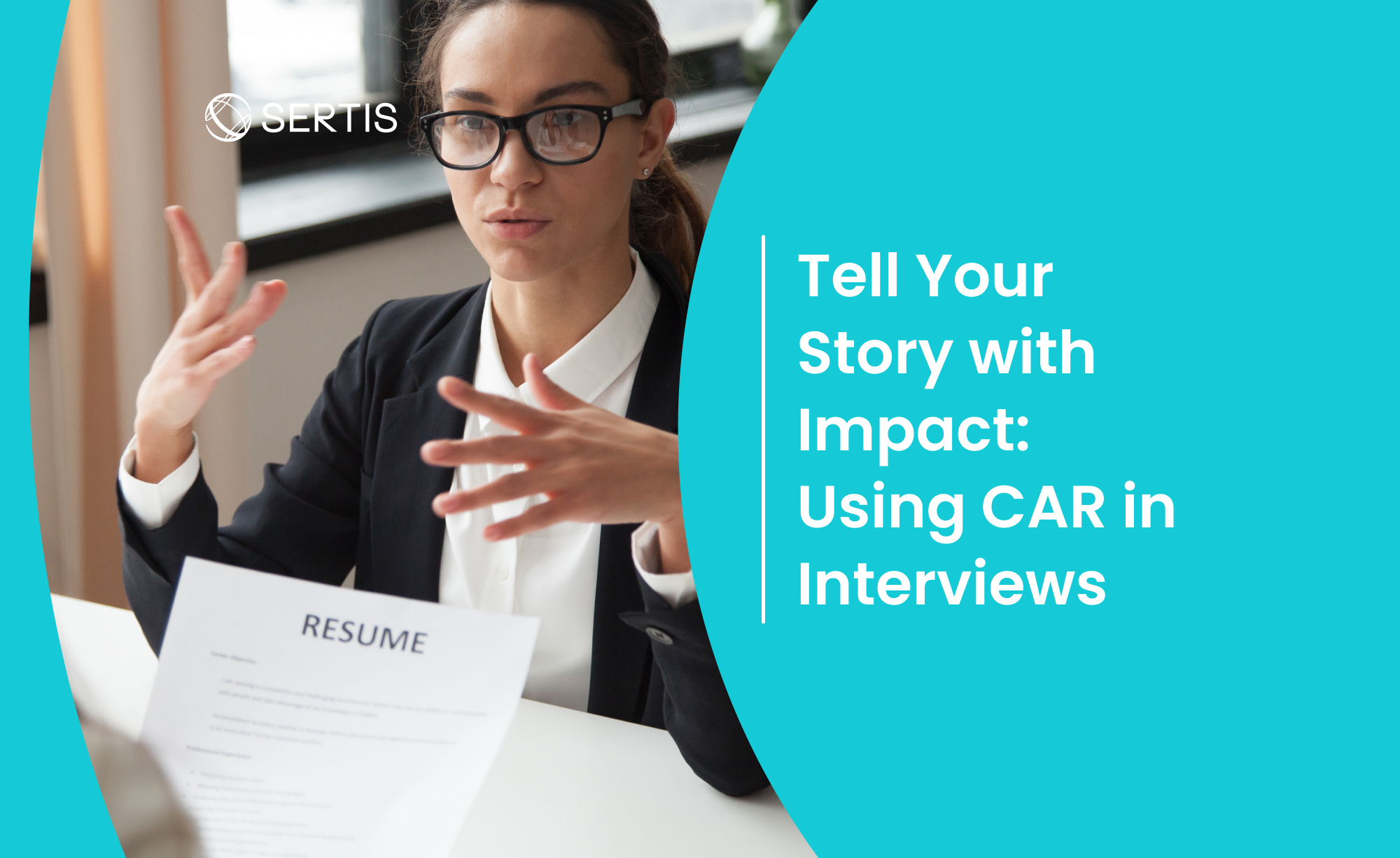Kittisak Manaruaysombat|24th March 2025
Where Do Hiring Bottlenecks Usually Start? How to Use Data to Fix the Gaps


A strong hiring process doesn’t just attract top talent, it ensures they move efficiently through every stage, from sourcing to offer acceptance. But too often, hiring teams experience delays, disengaged candidates, or rejected offers without a clear understanding of why.The key to remedying these issues? Recruitment funnel data.By tracking conversion rates at each stage, companies can predict hiring success, optimize their processes, and make better decisions about where to invest time and resources. Here are some questions you may ask yourself to spot and fix bottlenecks using real hiring funnel data.

1. Improper Talent Sources: Are You Investing in Right Channels?
Many companies focus on maximizing applications—but high volume doesn’t always mean high quality. Instead of just tracking the number of applications, measuring the conversion rate from application to screening call provides a clearer picture.
Example: If you receive 1,000 applications but only 100 candidates pass the initial screening (10% conversion rate), it may indicate:
A need for more precise job descriptions to attract better-fit candidates.
Ineffective sourcing channels—some job boards may drive volume but not quality. You invest in them, but the return on investment (ROI) may not be as high as expected.
A misalignment between job requirements and candidate expectations.
By analysing where top candidates come from, teams can revisit sourcing efforts to the most effective channels and reduce time wasted on unqualified applicants.
2. Clogged Pipeline: Are You Losing Candidates Midway?
Once a great candidate enters the pipeline, delays in scheduling can cause them to lose interest, or accept another offer. Tracking the conversion rate from screening call to interview can highlight some inefficiencies.
Example: If 100 candidates complete the Talent Acquisition screening call, but only 30 proceed to interviews (30% conversion rate), it’s crucial to ask:
Are hiring managers taking too long to review and schedule interviews?
Is the screening criteria too strict or misaligned with what the hiring team actually needs?
Are candidates dropping off due to slow communication or lack of engagement?
A low screening-to-interview conversion rate suggests a need for faster feedback loops, clearer selection criteria, or better alignment between talent acquisition team and hiring managers.

3. Offer Acceptance Hurdles: Are You Losing Candidates at the Final Stage?
Even after finding the perfect candidate, companies often face unexpected offer rejections. A key metric to watch is offer-to-hire conversion rate—how many accepted offers turn into actual hires?
Example: If 10 candidates receive offers, but only 5 accept (50% conversion rate), it’s time to investigate:
Are compensation and benefits aligned with the market?
Are candidates perceiving a lack of clarity in the role or career growth?
Is another company moving faster, leaving you at a disadvantage?
Tracking this data allows hiring teams to proactively adjust offers, enhance candidate engagement, and refine negotiation strategies—ultimately improving hiring success rates.
Predicting Hiring Needs with Funnel Data
By tracking conversion rates at each stage, companies can predict how many applications are needed to make a hire.
Example - if your historical data shows that:
1,000 applications → 100 screening calls from TA (10% conversion)
100 screening calls from TA → 30 interviews with hiring teams (30% conversion)
30 interviews with hiring teams → 10 offers (33% conversion)
10 offers → 5 hires (50% conversion)
Then to hire 10 people, you’ll need 2,000 applications or optimize your hiring process to improve conversion rates.
Data-Driven Hiring = Smarter and Faster Recruitment
Recruiting success isn’t just about sourcing more candidates—it’s about optimising each stage of the process to improve efficiency, reduce drop-offs, and ensure better hiring outcomes.By consistently tracking recruitment funnel metrics, teams can:
Identify where candidates drop off.
Improve conversion rates at each stage.
Predict hiring needs more accurately.
Reduce time-to-hire while maintaining quality.
At Sertis, we use a data-driven approach to create a clear, efficient, and fair hiring process. By analyzing key recruitment metrics, we reduce delays, improve communication, and ensure the right fit—so candidates move through the process with confidence and clarity.
We believe hiring should be transparent and meaningful, helping both our team and candidates make the best decisions for long-term success.
This is how we hire at Sertis—structured, data-driven, and built for the future.
Written By
Kittisak Manaruaysombat
Copyright © 2025 Sertis Co.,Ltd. - All rights reserved.


